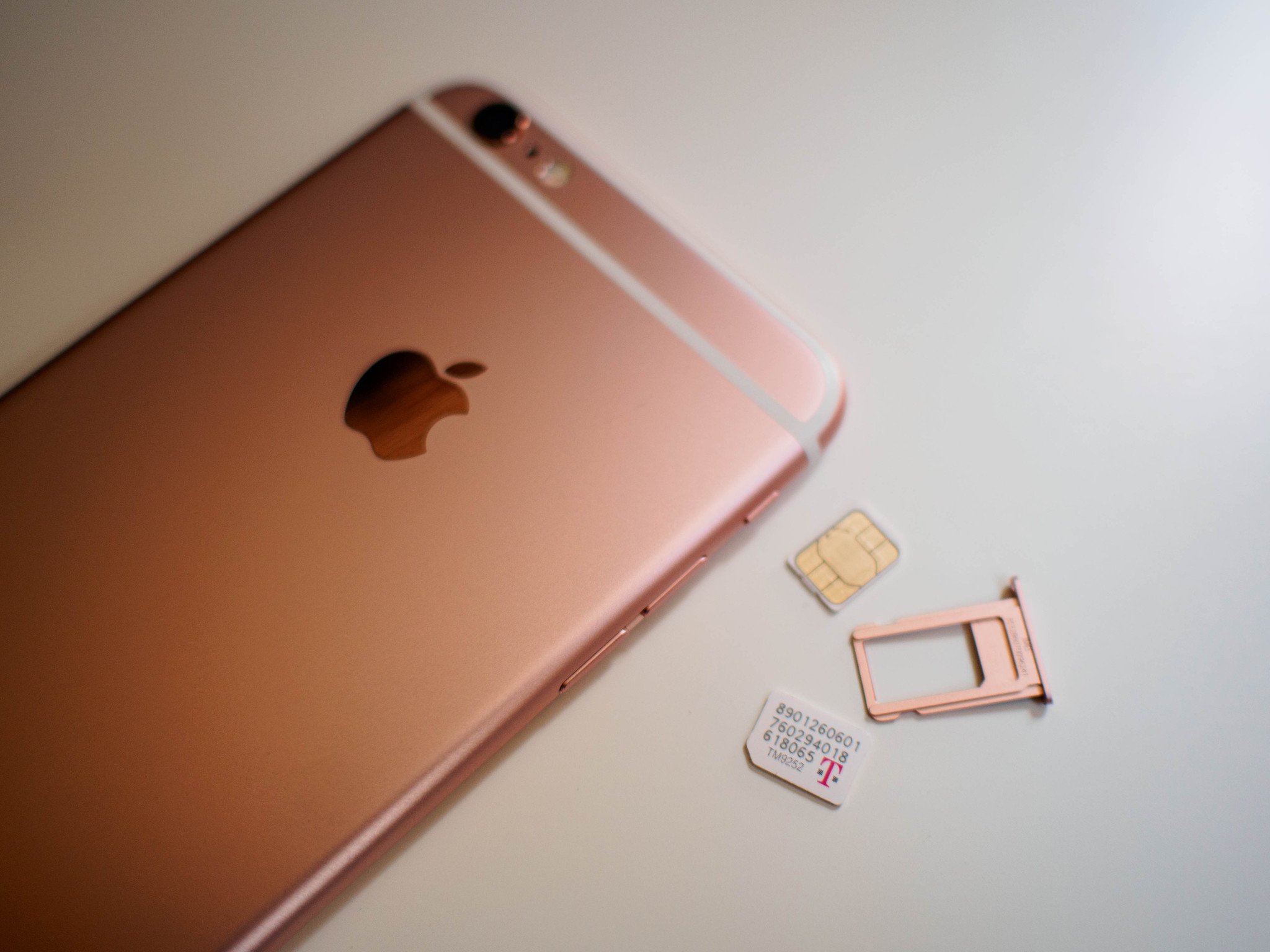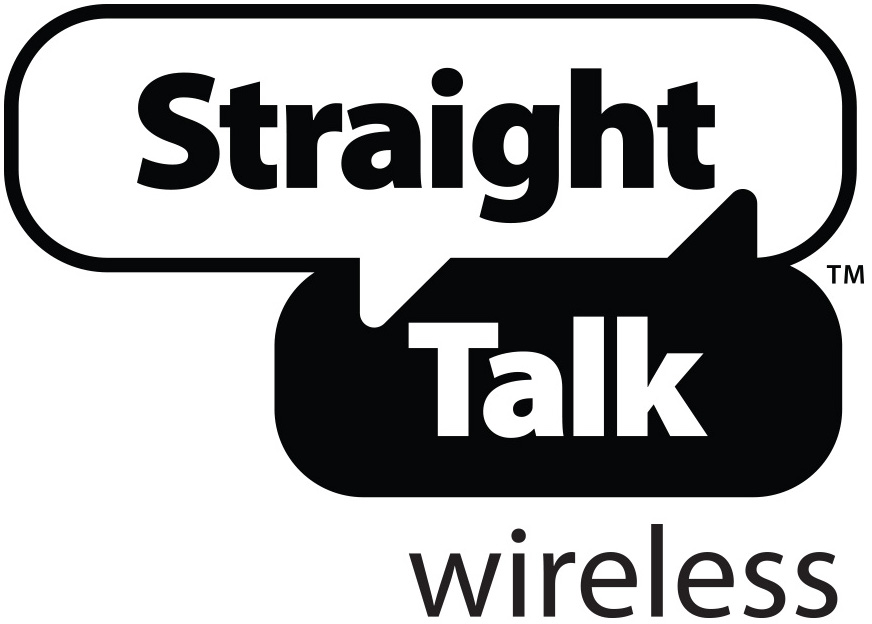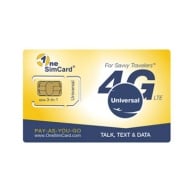What is a SIM card and what does it do?

What is a SIM card and what does it do?
Best answer: It's a Subscriber Identity Module; a small circuit board in most modern phones to communicate with your carrier. Practically speaking, it is a middleman between two pieces of hardware: the phone's baseband chip, and your carrier's cell towers, allowing the two to communicate.Inexpensive: Monthly plans (from $15 at Mint Mobile)Pay as you go: No contract plans (from $35 at StraightTalk)Internationally accepted: Travel plans (from $20 at OneSimCard)
What is a SIM card?
SIM cards have evolved a lot over the years. While they have maintained a relative thickness of just under 1mm, their surface area has steadily decreased, from the credit card-sized plates used in the earliest cellphones to the nano SIMs of today's devices.
The nano SIM is the SIM card's fourth size standard since its inception. Designated as 4FF, or fourth form factor, it measures 12.3mm x 8.8mm x 0.67mm, a reduction of over 42 times from the SIM's inception. Most people, however, are more familiar with the 2FF SIM card, known more readily as the Regular SIM card. At 25mm x 15mm x 0.76, it is 3.4 times larger than today's current SIM cards, which offer the same features in a much more compact package. Some manufacturers still choose to use the micro SIM format which, at 15mm x 12mm, is only slightly larger than the nano SIM.
Many carriers offer branded SIM cards with cutouts for all three modern sizes, so users can choose which version they want to insert depending on their device. There are also adapters so nano SIM cards can fit into slots meant for micro SIM or Regular SIM cards.
How does a SIM card work?
Often, a SIM card is provided with the purchase of a phone by your carrier and it is used to store data about your account. Because it has a small amount of memory and a very low-powered processor, the SIM card not only enables communication between the phone and its carrier, but stores information such as phone numbers, security data and more.
In recent years, carriers have begun using specialized SIM cards with so-called Secure Elements to store credit card credentials in order to facilitate mobile payments.
Tip: SIM cards are transferrable. If your iPhone runs out of power and you desperately need to make a call or connect to the internet, you can just swap the SIM into another iPhone and use it with your minutes and data bucket. Check out our how to remove the SIM card in an iPhone or iPad guide to get started.
What are the benefits of a SIM card?
SIM cards are the unseen magicians of today's smartphones. They make connecting to networks and switching phones as easy as removing a small metal tray.
iMore offers spot-on advice and guidance from our team of experts, with decades of Apple device experience to lean on. Learn more with iMore!
If you buy a new phone, you can simply insert your existing SIM and keep on using your existing service as long as the new phone isn't locked to a different carrier. Likewise, if you travel internationally you can just buy a SIM card from a local carrier — as long as your phone isn't locked to a carrier.
What are the drawbacks of a SIM card?
SIM cards are fairly simple. They have practically no function without an accompanying smartphone and are increasingly reliant on third-party apps to address functionality, such as connecting to multiple networks or using more than one phone number.
Because they are simple pieces of plastic, their benefit is largely subject to the will of the carrier. If you buy a phone that is locked to one carrier, putting a different carrier's SIM requires an unlock code, which is often expensive to obtain and confusing to enter.
Typically, the SIM lock is in exchange for a subsidized phone (so you can't buy a cheap phone on one carrier then switch over and use another before you've paid back the subsidy over the life of your contract).
These days, Apple sells the iPhone SIM-unlocked in most countries, including the U.S., Canada, and the U.K. While customers have to pay more upfront for an unlocked version of the iPhone, they can use the phone with any compatible SIM card, as long as the phone works with that carrier's network.
What is Apple SIM?
In 2014, alongside the iPad Air 2 and iPad mini 4, Apple unveiled Apple SIM, a way for the company to offer dynamic network choice to its customers without the hassle of getting SIMs from multiple carriers. Apple SIM allows iPad owners to connect to compatible networks in over 180 countries; in the U.S., those carriers include AT&T, Sprint, and T-Mobile. Though the Apple SIM is manufactured by Apple, you still purchase plans from a specific carrier using your credit card — there's no iTunes billing option.
You can see Apple's full list on its website.
The beauty of Apple SIM is its ability to interface with multiple networks: If your local providers support it, you can swap between network plans depending on which one makes the most sense for your needs; for example, you can swap between Sprint and T-Mobile if you go from a Sprint-heavy part of the country to someplace where T-Mobile's network reigns. When traveling internationally, you can also use Apple partners GigSky, AlwaysOnline Wireless, and au to purchase per-day or per-megabyte bundles to save on roaming costs.
All current-generation iPads have an empty nano SIM slot and an additional embedded Apple SIM card: As a result, you can use the embedded Apple SIM if you choose, or pop in a new SIM without losing access to Apple SIM's carrier-switching features.
What is eSIM?
The iPhone XS, iPhone XS Max, and iPhone XR all feature support for a dual-SIM setup, allow you to have two phone lines in one device. Instead of using two nano-SIM card slots, the 2018 iPhone lineup lets you associate one line with a physical nano-SIM card, and one with the new embedded SIM, or eSIM.
To set up a second line on your iPhone, you'll need a couple of things. In addition to one of Apple's latest iPhones, you'll need to have a QR code given to you by your carrier or you'll need to have downloaded your carrier's app. Also, make sure that your carrier supports eSIM.
Yes, your iPhone comes with a SIM card. However, there are times you might want to buy an extra SIM card, perhaps to ditch your existing carrier or when traveling. Here are three solutions.

Easy setup
If you're tired of what the bigger companies are charging and want to keep your existing phone, it's worth considering one of Mint Mobile's Bring Your Phone (BYPP) packages. Bring your own unlocked GSM phone to Mint Mobile and keep your current number with ease.
Daniel Bader is a Senior Editor at iMore, offering his Canadian analysis on Apple and its awesome products. In addition to writing and producing, Daniel regularly appears on Canadian networks CBC and CTV as a technology analyst.



